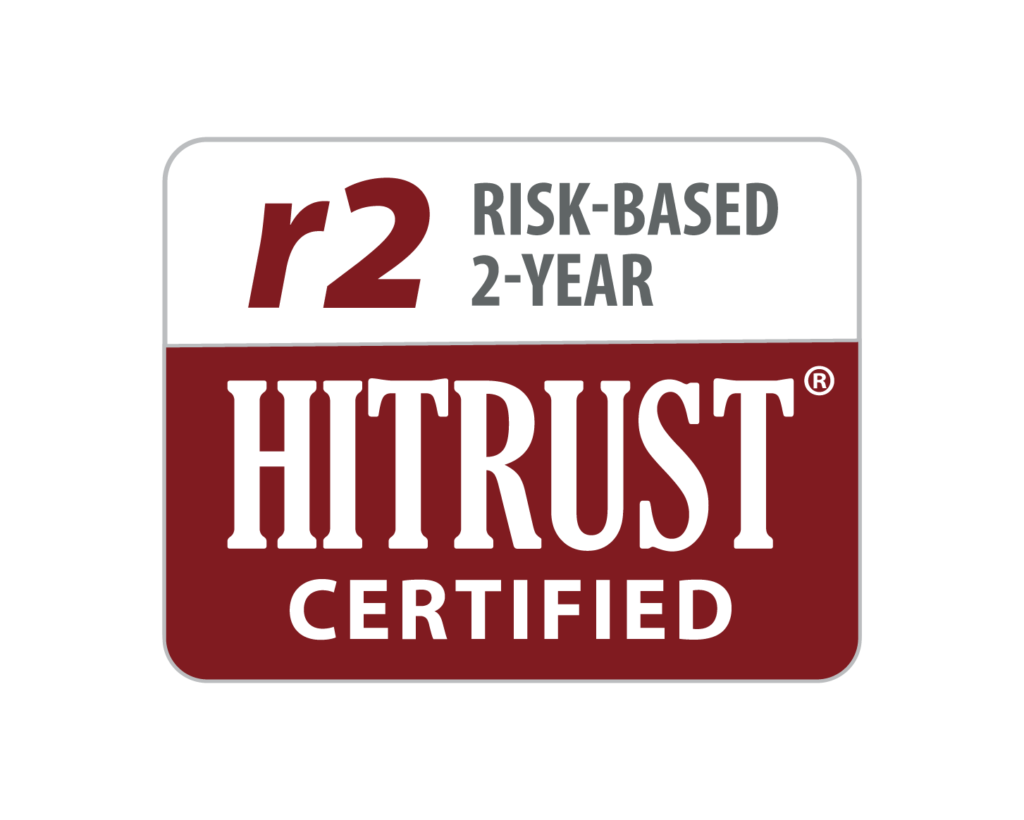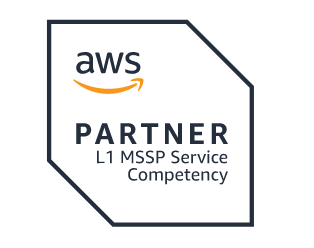HIMSS 2018: Perspectives on Industry Use of AI and ML
The 2018 Healthcare Information and Management Systems Society (HIMSS) Conference & Exhibition, March 5–9, 2018 in Las Vegas, is a big deal for themes related around the health information industry. The show brings together 45,000+ professionals from around the world for five days of education, innovation and collaboration to help uncover the promise of health information and technology. The conference brings world-class education, cutting-edge products and solutions, and unique networking opportunities needed to solve your biggest health information and technology challenges – all at one time, all in one place.
We put together a number of compelling commentaries below from a short list of important health information industry vendors. The the focus of the perspectives align with insideBIGDATA’s primary areas of big data, data science, machine learning, AI and deep learning. Enjoy the comments and the conference! Please share this compilation on social media using #HIMSS18
“The progress of AI and machine learning will be incremental as it must learn from associations between data over time and those outputs must be tested and validated. However, these much hyped “innovations” cannot learn to be effective and accurate from poor quality data which is a major challenge in healthcare, especially in the clinical realm where data is complex and often unstructured. The progress of machine learning largely depends on the precision of the data being processed by the algorithms. In medicine, erroneous data which leads to incorrect outputs or false positives will be difficult for clinicians to ignore since patients’ lives are at stake. In the end, technology is promising with the right data inputs—but nothing trumps a well-trained physician whose brain is the smartest computer in the room.” – David Lareau, CEO of Medicomp Systems
“The doctor – patient relationship is not going away. Rather, the combined power of machine learning and AI will empower a doctor – patient relationship that is more dynamic, transparent, and personalized. The growing availability of clinical and claims databases has made it possible to successfully port over powerful analytical methods from the financial services and consumer industries. This, coupled with the availability of data on social determinants of health – such as socioeconomic status, education, living status, and social networks – presents an opportunity for providers to understand individual patients on a much deeper level, opening the door for precision medicine to become a reality. The real value these systems stems bring to providers is their ability to deliver in-the-moment insights to enable personalized care, understand variation in care patterns, risk-stratify patient populations, and power dynamic care journey management and optimization. Just as self-driving cars are no longer science fiction, nor is the far more autonomous guidance of patients through more delightful journeys of care.” – Jean Drouin, MD, MBA – CEO and co-founder of Clarify Health Solutions
“The opportunity to improve healthcare through machine learning and artificial intelligence is great. I’m excited about seeing IT being recognized as part of the solution in healthcare. In the past, healthcare IT has been seen as a cost center, an expense, and something leadership often wanted to scale down to reduce sprawl or data footprints. With machine learning and artificial intelligence, IT is seen as an asset – we are core to delivering ultimately better outcomes back to the patient through data science. Healthcare IT is transforming, and the impact is meaningful. We are an integral part of providing better patient care.” – Matt Ferrari, Co-Founder and Former CTO, ClearDATA
“Doctors and nurses are right to be skeptical about the recommendations of computer algorithms, particularly when they diverge from a provider’s experience and existing standards of care. As a result, it is imperative that the results of AI modeling include explanations of what the features in the model are doing in terms that are familiar to clinicians. For its predictions to have value, AI must be able to justify and explain its assertions and be able to diagnose failures.
Justification and transparency build trust among users. For example, AI solutions must always provide a “why” to back up decisions on classifying patients as high or low risk. Without a thorough understanding of the variables that AI used in arriving at a conclusion, there is no reason why clinicians should trust it. AI must justify its predictions, discoveries, and actions so clinicians can feel confident enough about its conclusions to act on them.” –Gurjeet Singh, Executive Chairman and Co-Founder of Ayasdi
“When sifting through the hype for real examples of successful use of AI in healthcare, look to the hospital’s revenue cycle management processes. AI technologies like machine learning, natural language processing, and robotic process automation are helping hospital RCM departments almost completely automate certain transactions with payers, and it’s bringing millions back to revenue. These automated transactions span from confirming a patient’s eligibility for services, estimating the patient’s co-pay and deductible, and checking whether the insurer will authorize the service, to verifying a claim’s approved or denied status. Moreover, automation enables RCM departments to process such queries at unlimited scale and speed.
One example of how AI-driven automation makes a payer transaction almost completely “touchless” is the process of obtaining an authorization from a payer. Industry-wide, this manual process takes 15-20 minutes to complete. With automation, machine learning can input much (although not yet all) clinical data in the request without the assistance of a human. From there, robotic process automation, using “web bots,” query the payer’s website for the answer, bringing this response back to the RCM department’s system of choice. While there is still some manual clinical data input involved, it now takes less than half as long to make an authorization request. Further advances in machine learning and natural language processing will soon even make this clinical data input unnecessary.
This is really an exciting time to leverage machine learning and natural language processing. Again, while there is a lot of hype surrounding these technologies, we are seeing real breakthroughs and impressive results that weren’t possible even two years ago. For example, we have applied machine learning to estimation algorithms at Recondo and have reduced estimation errors by up to 50% for some clients. Additionally, these technologies can help us detect data and configuration anomalies in short order, further improving the quality of data that we provide to our clients.” – Eldon Richards, CTO, Recondo Technology
“The move towards value-based care in the healthcare industry is creating significant opportunities for machine learning and big data for predictive analytics. Identification of sub-populations that will benefit from specific life style changes or treatments, and flagging high risk patients in real time, enables us to intervene and promote long-term wellness.
Machine learning allows us to see these patterns, but is dependent on clean, comprehensive and normalized data. With 70 percent of EHR data in clinical notes and specialist documents, natural language processing (NLP) is critical in gaining a 360-degree view of a person. Social determinants of health such as food insecurity and social isolation are key risk indicators across all chronic diseases, as are behavioral health issues. NLP enables machine learning by making these concepts actionable at population scale and in real-time risk models, as well as improving clinical documentation, reimbursement, efficiency and long-term outcomes.” – Simon Beaulah, Senior Director of Healthcare, Linguamatics
“As per Harvard Business Review, 30% of all electronic data storage in the world is occupied by the healthcare industry. A large part of this data is in the form of unstructured data, which is filled with key medical facts and information. Advances in computing power, coupled with advanced algorithm models in the field of artificial intelligence (AI) techniques, now provide for deep insights in both retrospective as well as prospective manners to improve the value of care. Key AI techniques that are in use today to glean information from the treasure trove of healthcare big data fall into the areas of machine learning, natural language processing (NLP), robotics, cognitive systems, deep learning and computer vision. The following are impact areas that are in play today with these techniques:
- Machine learning: Will drive better billing/coding error detection (leading to reduced claims denials); optimization of supply chain for pharmaceuticals; and enhanced data mining, which will lead to evaluation of nuanced issues, thus guiding effective diagnosis.
- Computer vision: Includes augmented reality (AR), virtual reality (VR), telehealth and digital radiology.
- NLP: Text-to-speech and vice-versa, document and data conversions, patient notes, processing of unstructured data, and query support systems.
- Robotics: Patient assistance, automation in pharmacies and supply chain, customer service as well as training and support, and performing surgeries with precision.
- Deep learning and cognitive computing tools: Enables processing of very large data sets, helps with precise and comprehensive forecast of risks, and delivers recommended actions that improves outcomes for consumers.
Another upcoming interesting area is the integration and convergence of AI, IoT and distributed ledgers where the output of intelligence gleaned from volumes of data processing is delivered to the members of the distributed network in real time, based on smart contract rules defined on the ledger, hence leading to decentralized intelligence networks.” – Author: Rahul Sharma, CEO, HSBlox
Originally published March 5, 2018 by Daniel Gutierrez at https://insidebigdata.com/2018/03/05/himss-2018-perspectives-health-industry-use-ai-machine-learning/.


